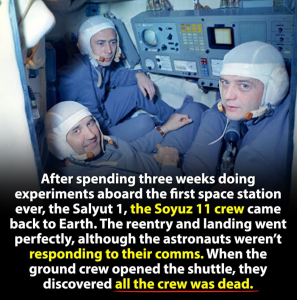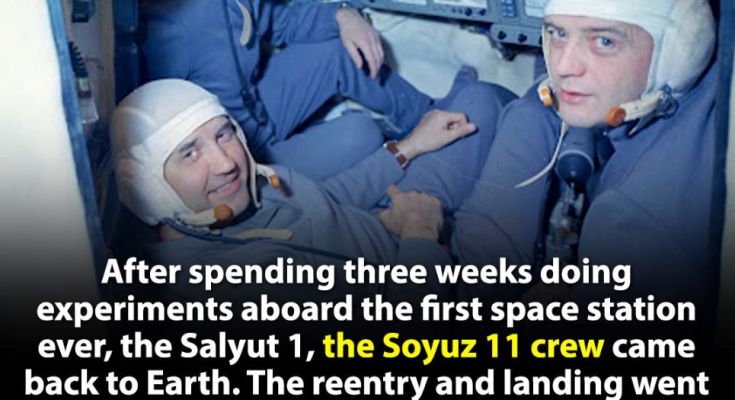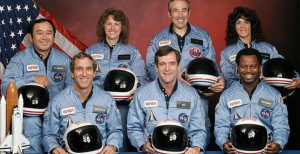 The 10 Most Horrifying Space Disasters in History
The 10 Most Horrifying Space Disasters in History
Space exploration has always been a daring leap into the unknown. It’s a pursuit that demands cutting-edge technology, meticulous planning, and human bravery — but with that courage comes risk. Over the decades, humanity’s journey beyond Earth has been marked not just by triumphs but also by tragedies that shook the world. These disasters remind us that space is as dangerous as it is awe-inspiring.
Here are ten of the most horrifying space disasters in history, each leaving behind lessons, grief, and a reminder of the price of discovery.
1. Apollo 1 – The Fire That Stopped a Nation (1967)
Before Apollo could put a man on the moon, the program suffered a devastating blow. During a routine pre-launch test, astronauts Gus Grissom, Ed White, and Roger B. Chaffee were trapped inside their capsule when an electrical spark ignited the pure oxygen environment. Within seconds, flames engulfed the cabin. The astronauts had no way to escape, and all three perished. The tragedy halted Apollo missions for 20 months, prompting major spacecraft safety redesigns.
2. Soyuz 1 – A Deadly Return (1967)
Just months after Apollo 1, the Soviet Union suffered its own heartbreak. Cosmonaut Vladimir Komarov was launched aboard Soyuz 1 despite known technical issues. Problems began immediately: faulty solar panels, navigation failures, and unstable controls. On reentry, the parachute system malfunctioned, causing the capsule to slam into the ground at high speed. Komarov’s open-casket funeral was a grim public reminder of the mission’s outcome.
3. The Nedelin Catastrophe – Hidden for Decades (1960)
One of the deadliest accidents in space history didn’t happen in space at all — it occurred on the launch pad. The Soviet R-16 missile, being prepared for a test, accidentally ignited while dozens of technicians and military officers were working around it. The resulting fireball killed at least 78 people instantly, with others succumbing later to injuries. The disaster was kept secret for decades, only revealed after the fall of the Soviet Union.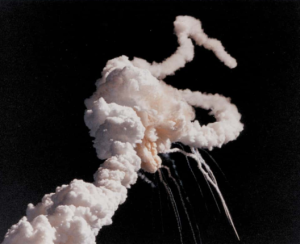
4. Challenger Disaster – “Go at Throttle Up” (1986)
On January 28, 1986, millions watched live as Space Shuttle Challenger broke apart just 73 seconds after liftoff. A faulty O-ring seal in one of the solid rocket boosters caused a catastrophic failure. All seven crew members — including teacher Christa McAuliffe — were lost. The explosion became an enduring symbol of the risks of space travel, leading to sweeping changes in NASA’s safety protocols.
5. Columbia Disaster – A Fatal Reentry (2003)
The Space Shuttle Columbia disaster occurred during its return from a 16-day mission. A piece of insulating foam had broken off during launch, striking the shuttle’s left wing and compromising its heat shield. Upon reentry, superheated atmospheric gases breached the damaged wing, causing the shuttle to disintegrate over Texas. All seven crew members were killed. The investigation revealed systemic safety oversights, once again forcing NASA to rethink shuttle operations.
6. Soyuz 11 – Suffocated in Silence (1971)
Soyuz 11 made history as the first mission to dock with a space station, but tragedy struck on the way home. A cabin vent valve accidentally opened during preparations for reentry, allowing the vacuum of space to flood in. The three cosmonauts — Georgi Dobrovolski, Viktor Patsayev, and Vladislav Volkov — were found dead in their seats after landing. They remain the only humans known to have died in space beyond Earth’s atmosphere.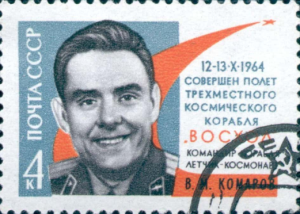
7. The X-15 Flight 3-65 – Experimental Turned Fatal (1967)
The X-15 rocket plane program was pushing the boundaries of speed and altitude when pilot Michael J. Adams embarked on his seventh flight. A technical malfunction caused the craft to enter a spin at over Mach 5. Adams lost control, and the aircraft broke apart, scattering debris across the Mojave Desert. His death marked the only fatality in the X-15 program but underscored the danger of experimental high-speed flight.
8. SpaceX Starship SN4 Explosion (2020)
While no lives were lost, the destruction of SpaceX’s Starship SN4 prototype was a chilling reminder that even modern private space ventures face huge risks. During a static fire test in Texas, a fuel leak triggered a massive explosion, obliterating the rocket in seconds. Although unmanned, the incident highlighted the razor-thin margin between progress and disaster in rocket engineering.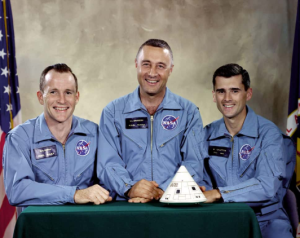
9. The Apollo 13 Crisis – Disaster Averted (1970)
Apollo 13 was supposed to be NASA’s third moon landing, but an oxygen tank explosion turned it into a desperate fight for survival. The words “Houston, we’ve had a problem” became legendary as the crew worked with mission control to improvise life-saving solutions. Though not fatal, the crisis pushed the spacecraft and crew to the brink, proving that even near-disasters can leave a permanent mark on spaceflight history.
10. The 2022 Long March 5B Debris Incident
While not a manned mission, China’s Long March 5B rocket caused global concern when large pieces of its booster stage made an uncontrolled reentry, scattering debris over parts of the Indian Ocean and Southeast Asia. Though no casualties were reported, the unpredictable descent sparked debates about international responsibility and the risks posed by falling space debris.
Why These Disasters Matter
Each of these tragedies carries its own unique story, but they share common threads: the unforgiving nature of space, the complexity of technology, and the resilience of the people who dare to explore. They remind us that every successful mission stands on the shoulders of lessons learned from failure.
The courage of those lost — whether astronauts, cosmonauts, engineers, or ground crew — has driven improvements in safety systems, spacecraft design, and mission planning. Every mishap has reshaped space policy, making the path forward a little safer for future explorers.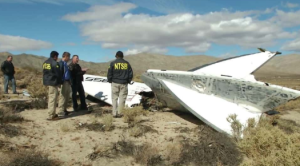
The Human Side of Space Tragedies
Beyond technical causes and policy changes, there’s the human cost. Families have been left to mourn loved ones who risked everything for discovery. Nations have grieved together, often live on television, as in the case of Challenger and Columbia. In other instances, like the Nedelin Catastrophe, grief was compounded by secrecy, with families kept in the dark for years.
These disasters are not just mechanical failures — they are moments when the dream of spaceflight collided with its harsh reality.
Moving Forward
Space agencies around the world now emphasize “fail-safe” engineering, redundant systems, and rigorous testing. Yet, as technology advances and private companies join the race to Mars and beyond, risk will always be part of the equation. Whether the mission is government-led or privately funded, the stakes remain the same: a single mistake can mean disaster.
The history of space exploration is written in both triumph and tragedy. The horrifying moments — as painful as they are — continue to push humanity toward safer, smarter, and more sustainable ways of reaching the stars.